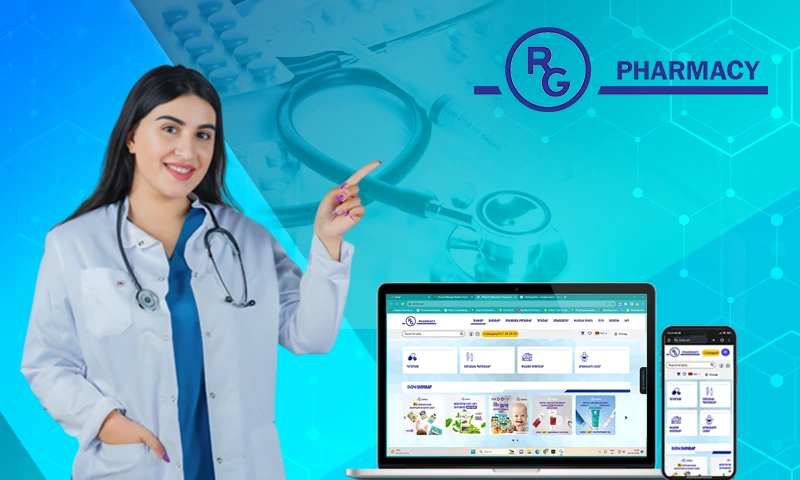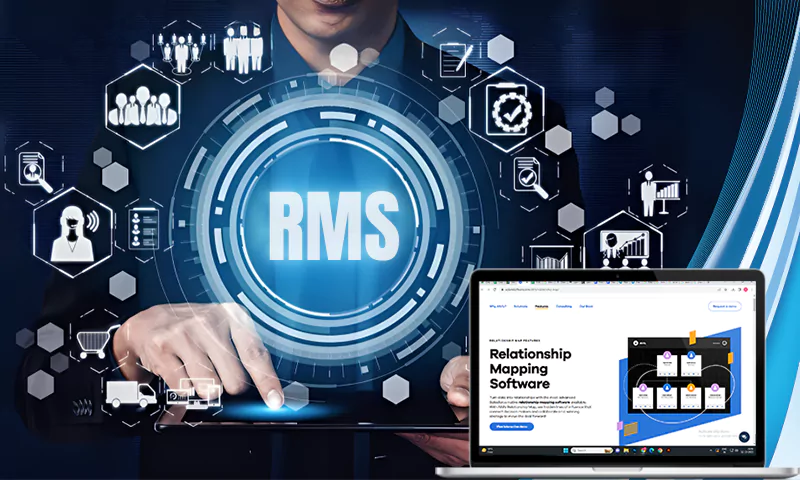6 Salient Features of QMS That You Should Know
Life sciences firms must meet consumer expectations and regulatory obligations while bringing high-quality products to market more quickly in the current environment of intense competition. Organizations need an effective quality management system (QMS) to meet their product development milestones and succeed with commercialization.
Businesses should have an effective quality management system to produce high-quality products while reducing costs and increasing productivity. You can check https://www.etq.com/what-is-a-qms/ for more info about QMS.
Here are the six essential traits that make up an effective QMS if you want to start implementing one in your company.
Have an Automated system to Save Your Business Time
Automation is the essential component of an online platform. It should save you and the business a ton of time. Automated alerts can help with compliance and serve as reminders of areas that need attention. To guarantee that these motivations work for you and not against you, make sure you develop them yourself.
Support Various Risk Analysis Techniques
Risk management is critical to an effective QMS, and standard compliance is a must at the very least. You can identify your risks and link the necessary actions with the help of good management software. The relationship between threats and behavior will have significant positive effects. Ensure the platform is adaptable enough to accommodate different risk analysis techniques like FMEA or Fine & Kinney.
Boost Your Company Progress with Action Planning Features
The lifeblood of your management system is CAPA or Action Management. The action list shows the progress of the company over time and the efforts made to avoid problems in the future. The list can be long, so make sure the interface has enough filters to help you narrow it down to the most fundamental business actions.
Ensure to Have Non-Conformity Reports to Find the Ideal Option
Non-conformity reports are another requirement (NCR). Nonconformities found within the firm include the storage of analytical data. Now, staff members can quickly file NCR by taking a photo. Always check the analysis features to find the ideal option. Using a platform to do your analysis will make life a lot easier.
Have Audits and Inspections Reports to Check Company Performance
Audits allow you to check the operation of the management system. With a simple interface, the time will be significantly reduced. Your procedures, NC reporting, and the ability to assign improvement areas and other activities should all be accessible on one screen through the platform. Inspections should be completed via a mobile device to reduce reporting time.
Have Document Management to Keep Historical Data
Every system should have efficient documentation for a successful quality management platform. Even if it’s not necessary now, it’s a brilliant way to keep historical data on hand for future use. You never have to worry about outdated work instructions or processes with proper document management. The system should be handled by a version control system, making them widely available.
Conclusion
A QMS must be designed to meet business goals and market and regulatory requirements to impact culture significantly. Moreover, each QMS adaptation must provide value without adding additional complexity.
The above important QMS features are essential for the growth of your business. Using these elements enables you to deliver consistent results and enough flexibility for ongoing development to create a culture that prioritizes quality.
Share
















